The EU has identified building up its power grid as an essential, and somewhat neglected, element in its efforts to move away from fossil fuels and cut energy bills – but it is also waking up to the need to prepare for attacks by hostile powers.
The European Commission wants to drive down Europe’s energy costs, but it must do so while stimulating massive investment into an ageing electricity transmission and distribution grid – and, increasingly, reducing vulnerability to external attacks.
The EU has already pinpointed electrification as a key route to reducing dependence on fossil fuels, especially oil and gas from Russia, but EU officials speaking at an event hosted by Poland’s permanent representation in Brussels this week pointed to a more direct threat.
Energy infrastructure is always a key target in war, and Ukrainian infrastructure has been under constant bombardment since Russia invaded in February 2022 – but the sabotage of undersea cables in the Baltic has recently laid bare the vulnerability of the EU’s own power network.
“These threats, they are now…becoming closer to us, and we really need to pay attention to how to increase security and resilience of the infrastructure,” said Asta Sihvonen-Punkka, vice-president of the European Network of Transmission System Operators (ENTSO-E), at the policy forum on Wednesday (26 March).
Sihvonen-Punkka also pointed to the problem of access to cable and components needed to repair damaged energy infrastructure, with slow supply chains and long lead times.
“We have spare now to fix the damaged cable – but then to order more of the cable, the lead time is about seven years. this is really too long,” she said. “So I think that we are really vulnerable in this respect.”
As the CEO of Finland’s national transmission grid operator was speaking, the European Commission published a broader Preparedness Union Strategy, one of whose proposals is that the EU “incorporate the lessons from the invasion of Ukraine” in its own energy security strategy.
Before that, a stockpiling strategy will be drawn up before the end of the year, to include critical raw materials and components and technologies needed to maintain energy security.
The director of the EU’s regulatory agency for energy, Christian Zinglersen, said it would be more efficient to standardise the type of components and equipment used across Europe, but warned that building “more slack and redundancy” into the system – suggesting overcapacity or back-up infrastructure – would entail substantial costs.
“But we are also, in many jurisdictions, moving three, four or five percent of GDP into security and defence – so why should this be radically different,” Zinglersen asked.
The price problem
The EU’s fiendishly complicated electricity market has been blamed for massive price spikes, as well as failing to drive investment in the power grid, especially cross-border high power transmission lines, as EU officials also acknowledged during the discussion.
“We can note as a fact we need more investments,” EU director-general for energy Ditte Juul-Jorgensen said. “Investments have been too slow, rollout of grids and infrastructure has been too slow,” she said.
Moreover, the EU’s “bottom-up” planning system, which operates on a rolling ten-year cycle, “simply does not capture all the infrastructure and the cross-border interconnectors that are needed”, Juul-Jorgensen said, pointing to “dramatic price peaks” seen across south-eastern Europe last year.
She was referring to market turbulence that prompted Greek premier Kyriakos Mitsotakis to write to Commission president Ursula von der Leyen last September over a situation that saw prices approach €1,000 per megawatt hour in Hungary while neighbouring Austria was paying just €61, with the chaos cascading through the system – this in what is supposed to be an EU-wide single market.
‘Politically unacceptable’
Mitsotakis blamed a system “so complex and opaque that is virtually impossible to understand precisely what is driving prices at any given point and time” and said it was “politically unacceptable” that his government was unable to explain to its citizens why prices were soaring.
Under the aegis of the ‘affordable energy action plan’ unveiled last month by energy commissioner Dan Jørgensen, the EU executive is due to present before the summer a plan to harmonise network tariffs across Europe, backed up if necessary by legislation.
Data from the Commission’s statistics office Eurostat show massive variations in the portion of electricity bills that cover network costs, from near-zero in Luxembourg to over 30% in Germany, Hungary and others.
In an action plan released in late 2023, the EU executive foresaw a need for €584bn in investment in the remainder of this decade alone to modernise the grid in line with various targets for deployment of renewable energy and electrification of areas such as heating and transport that rely overwhelmingly on fossil fuels.
The Commission is slated to table a more comprehensive ‘grids package’ early next year, which should be in line with a target to increase the economy-wide electrification rate (the share of electricity in Europe’s overall energy consumption) from 21.3% today to 32% in 2030.
The European Court of Auditors is scheduled to publish next week a report into the state of Europe’s 11.3 million-kilometres power grid, and the effectiveness of EU support to date in maintaining and upgrading it.

 3 days ago
4
3 days ago
4


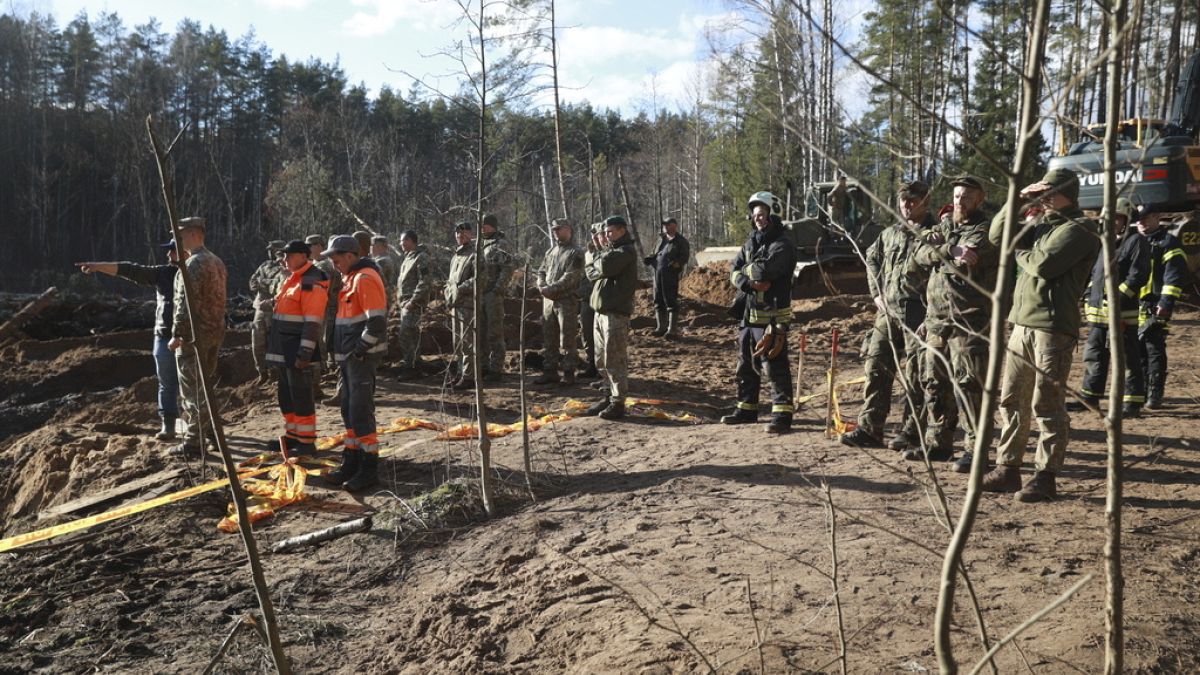
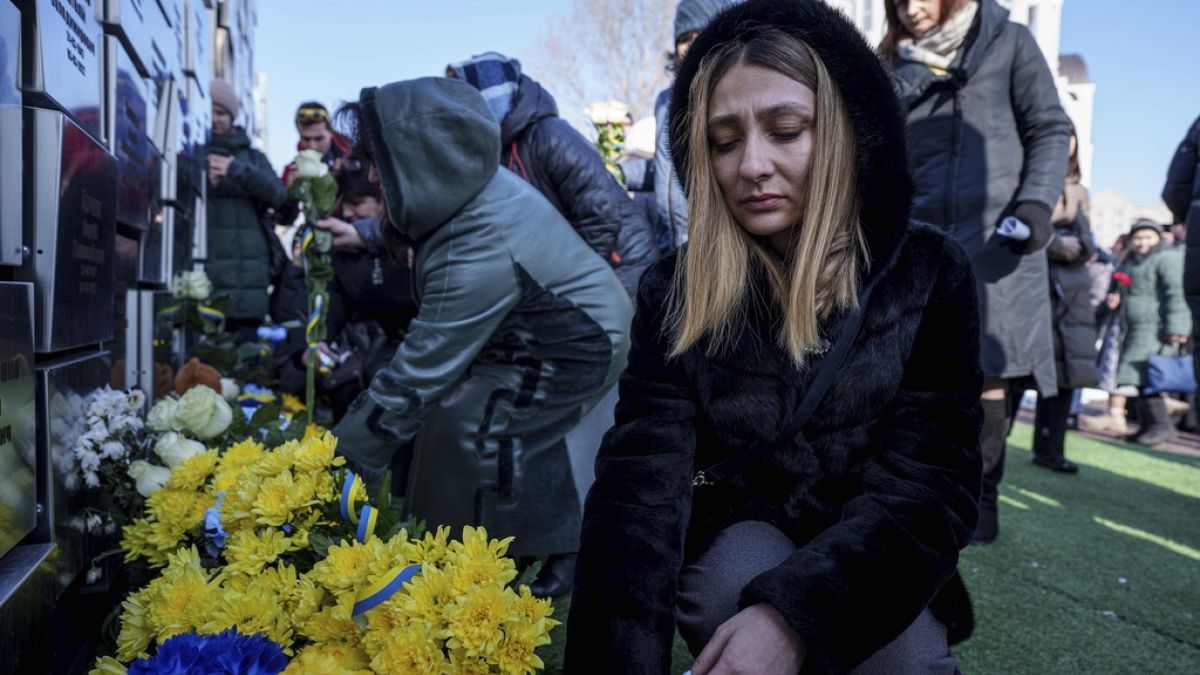
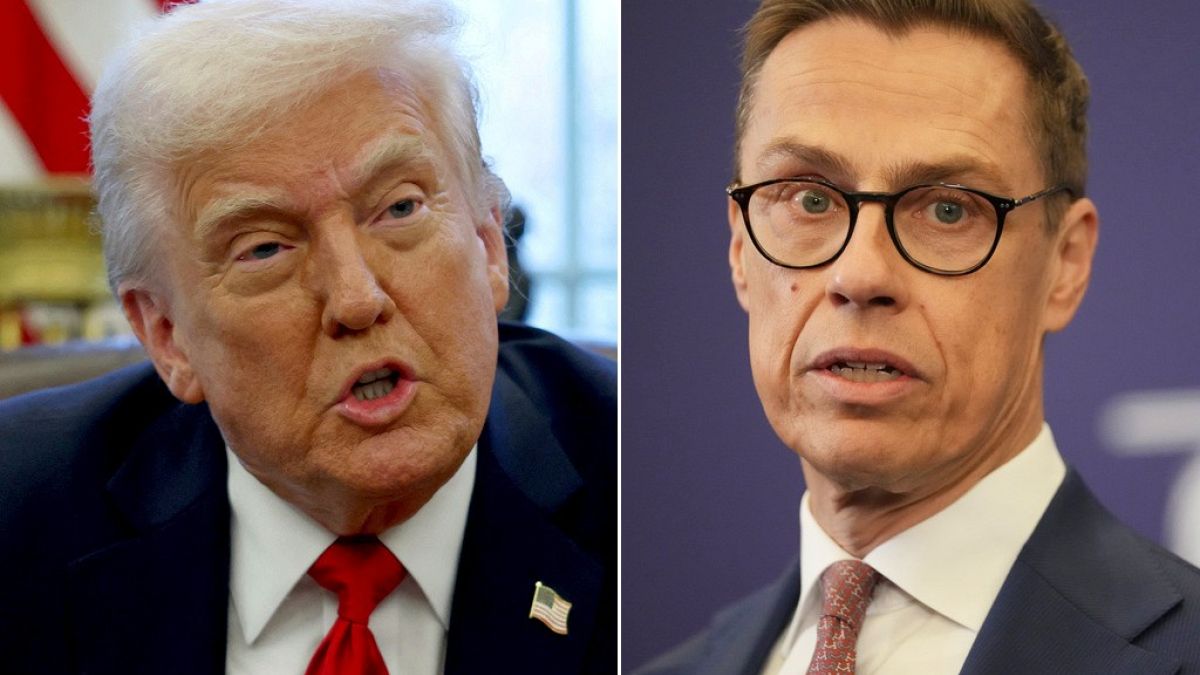
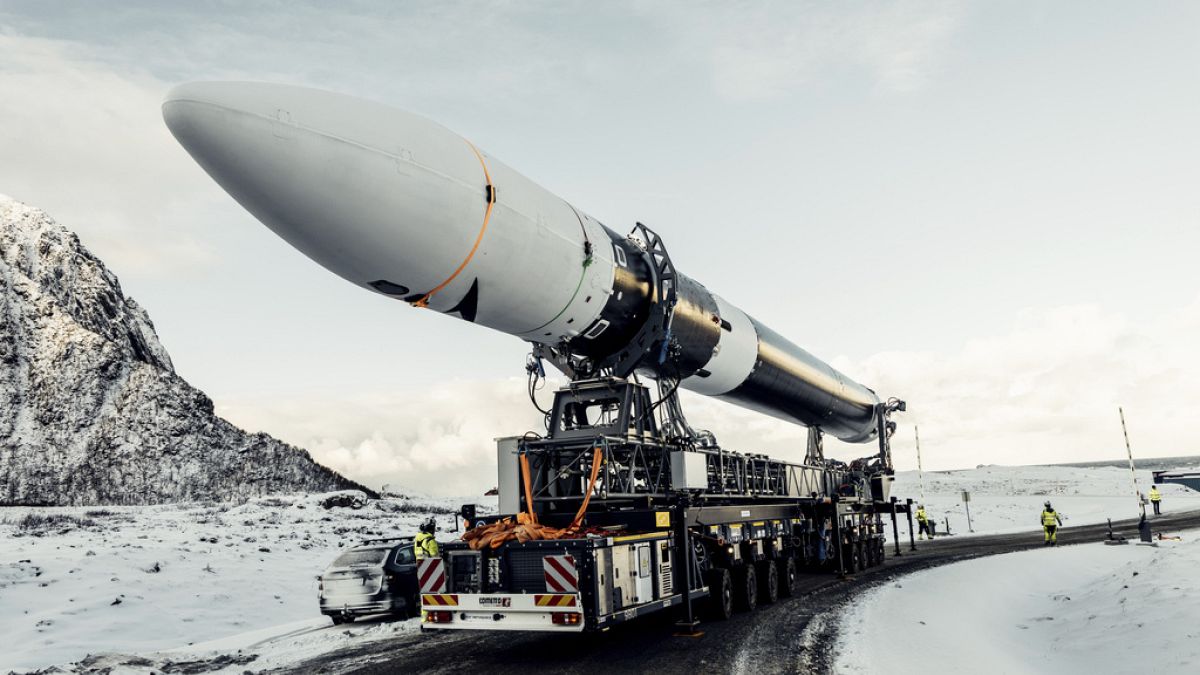
 We deliver critical software at unparalleled value and speed to help your business thrive
We deliver critical software at unparalleled value and speed to help your business thrive

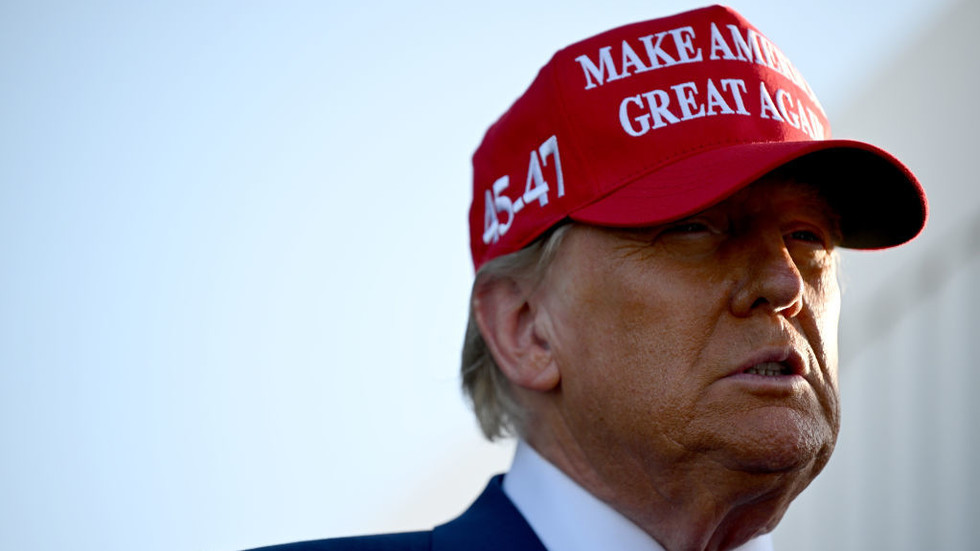
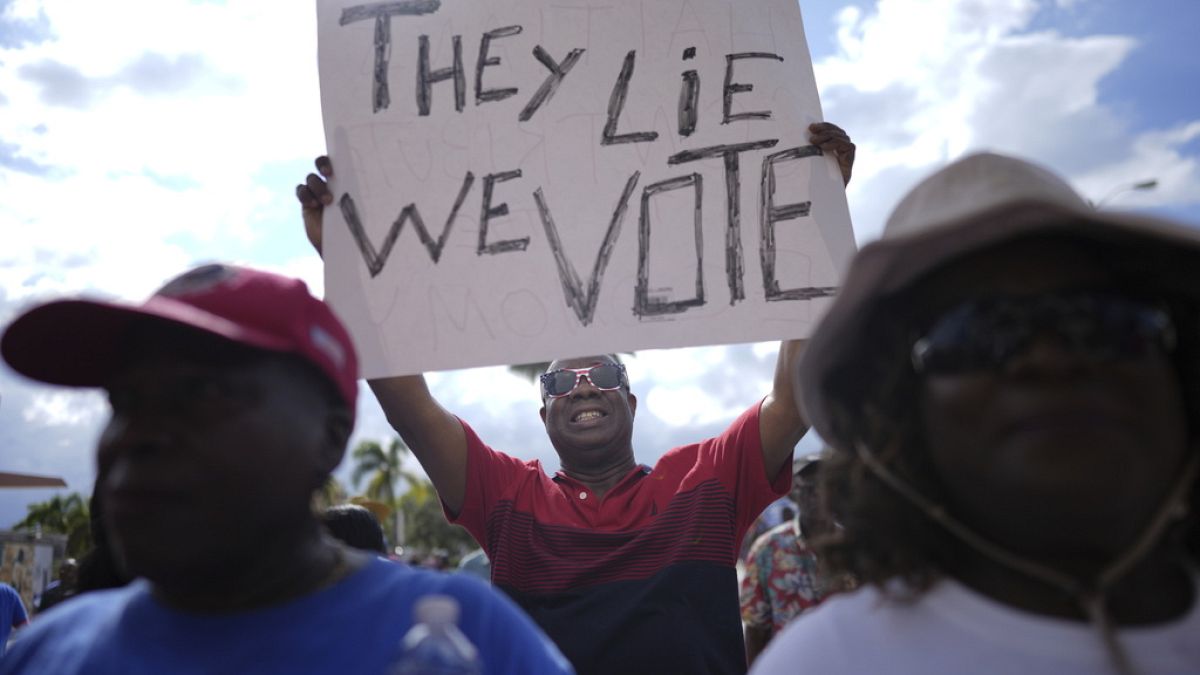
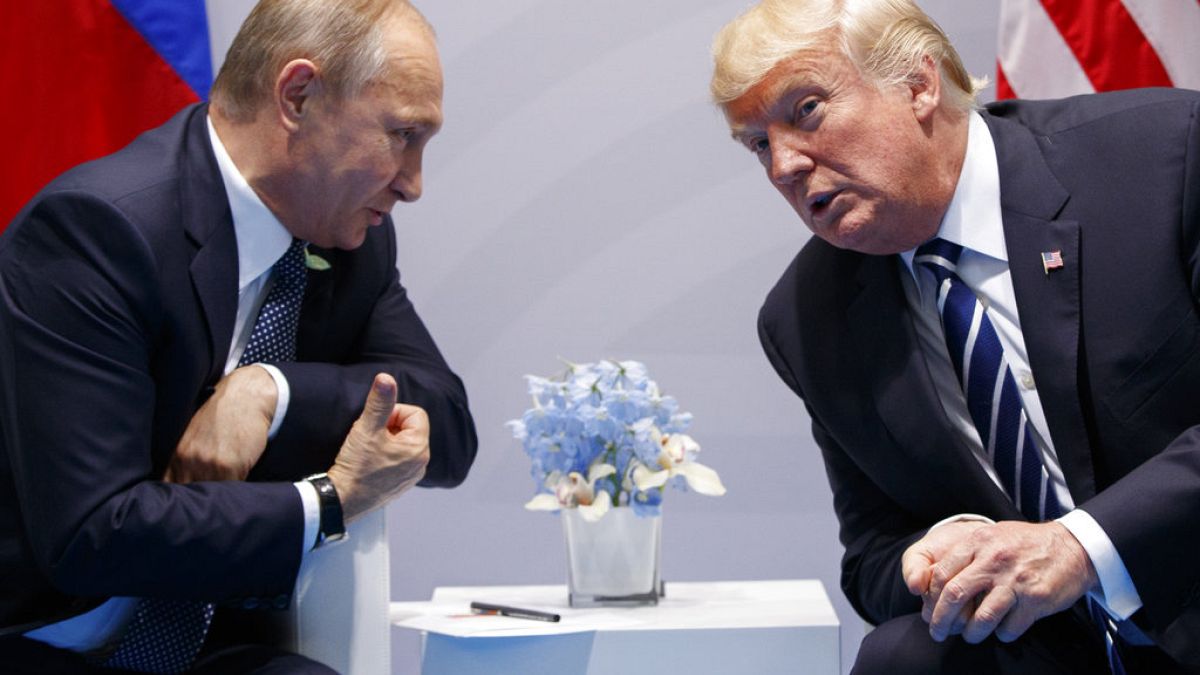


 English (US) ·
English (US) ·